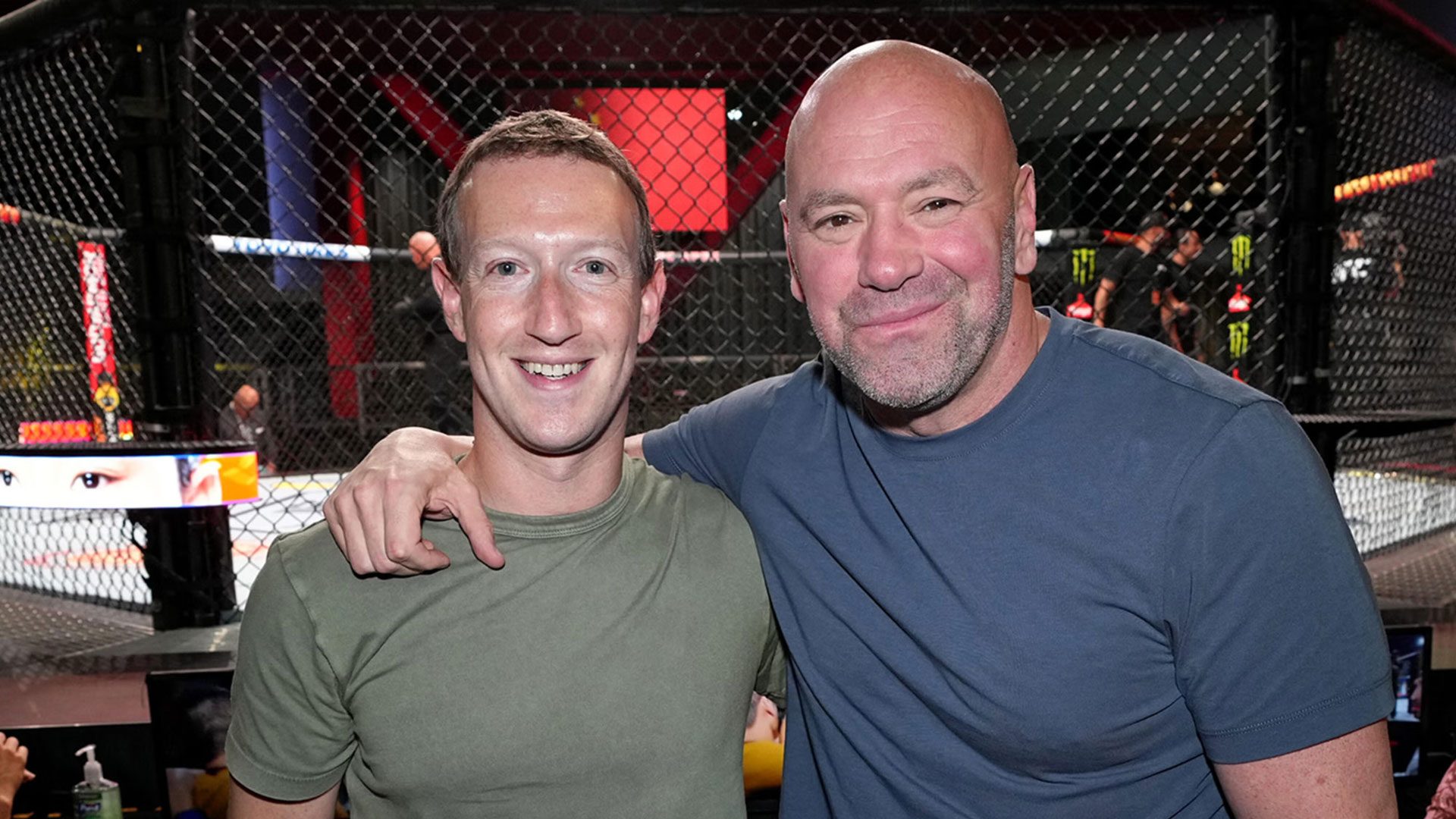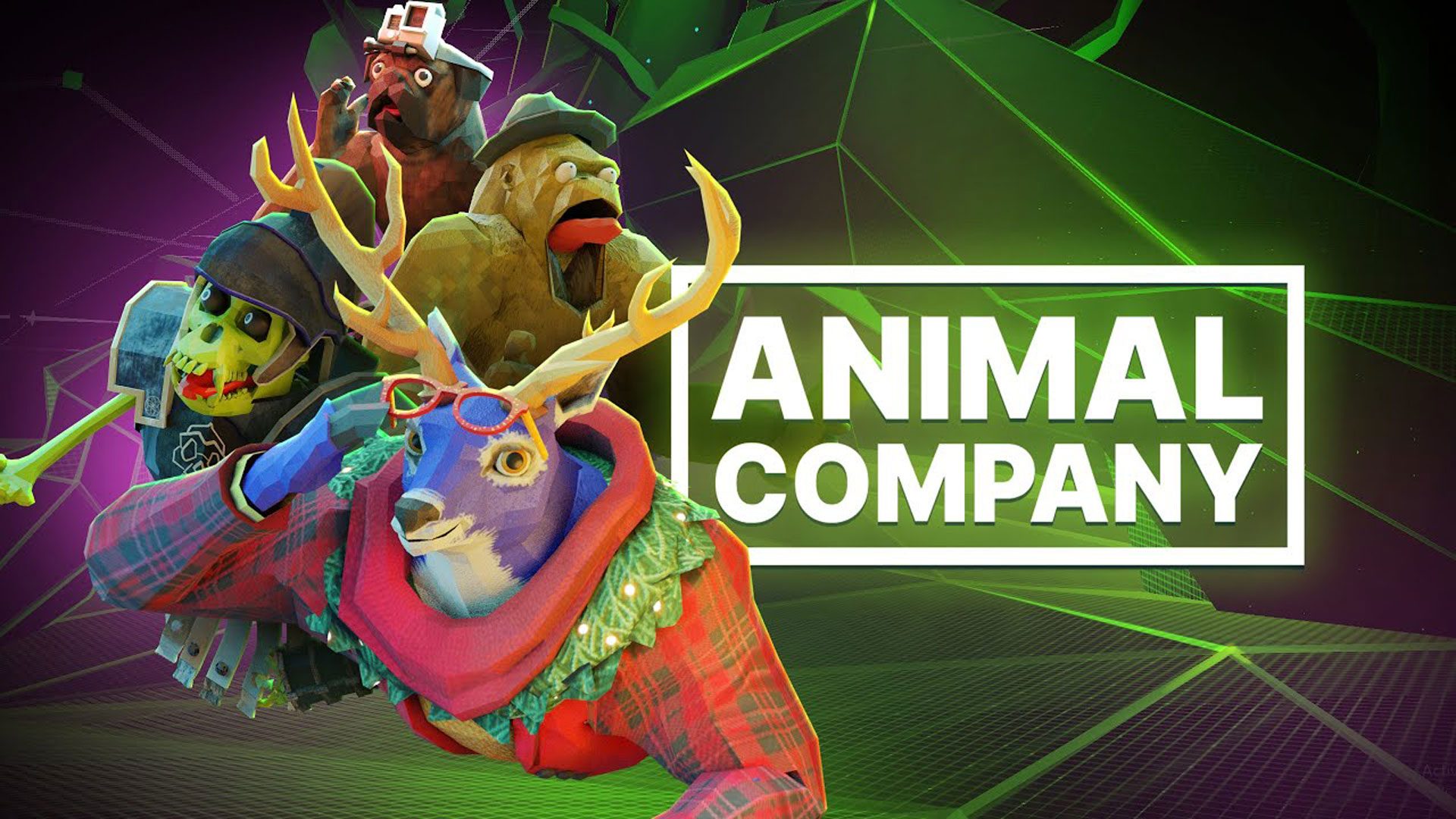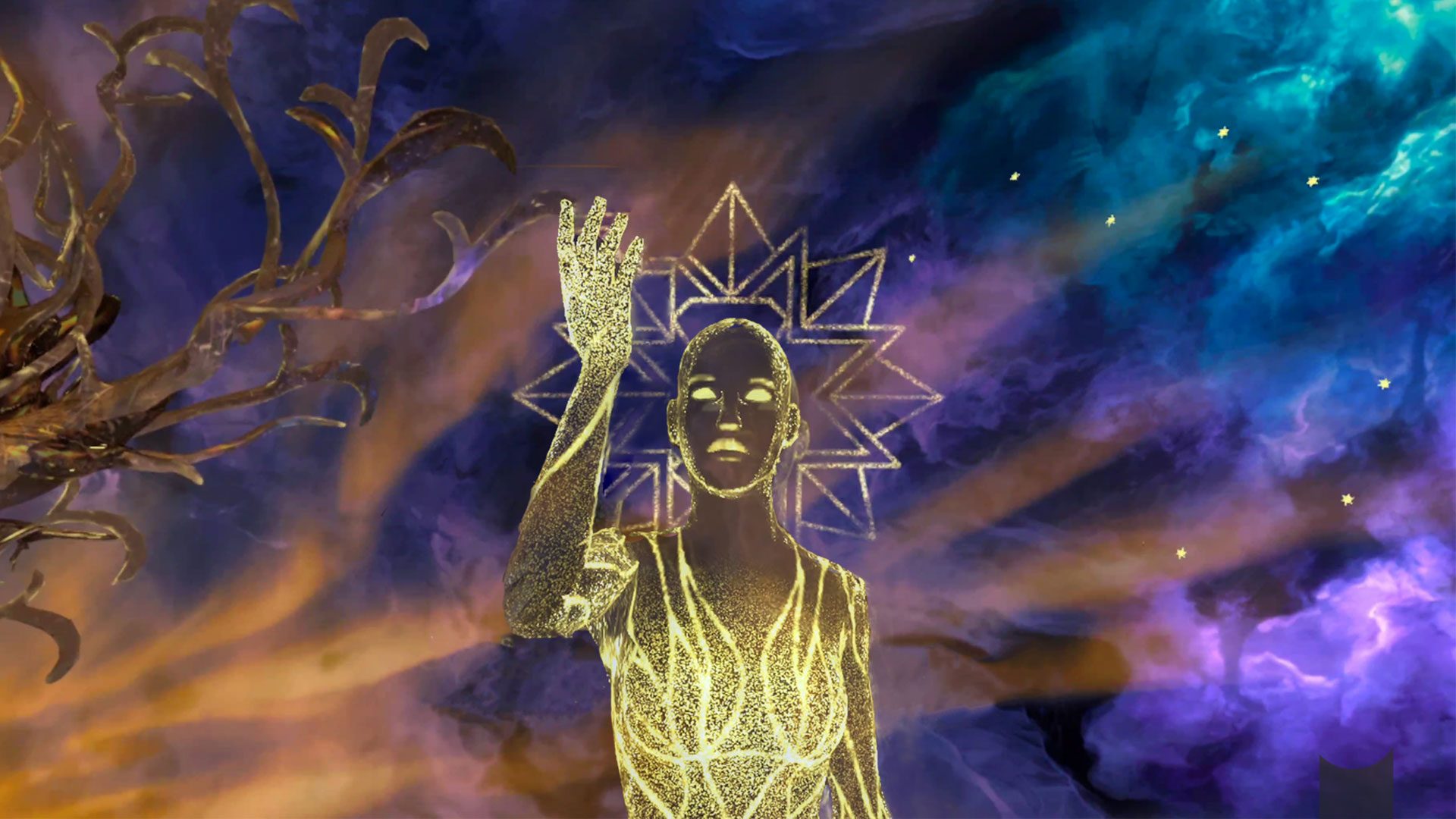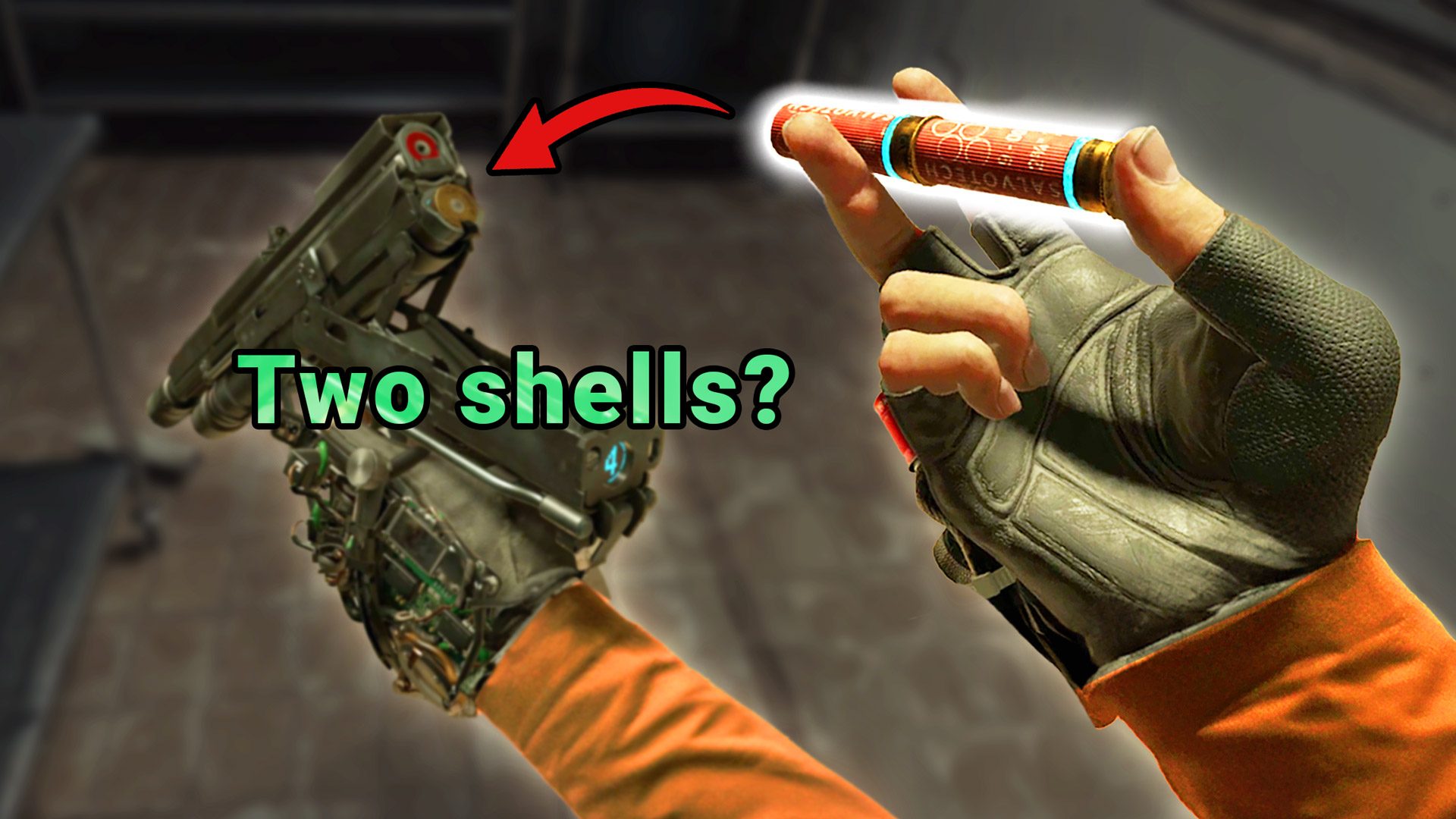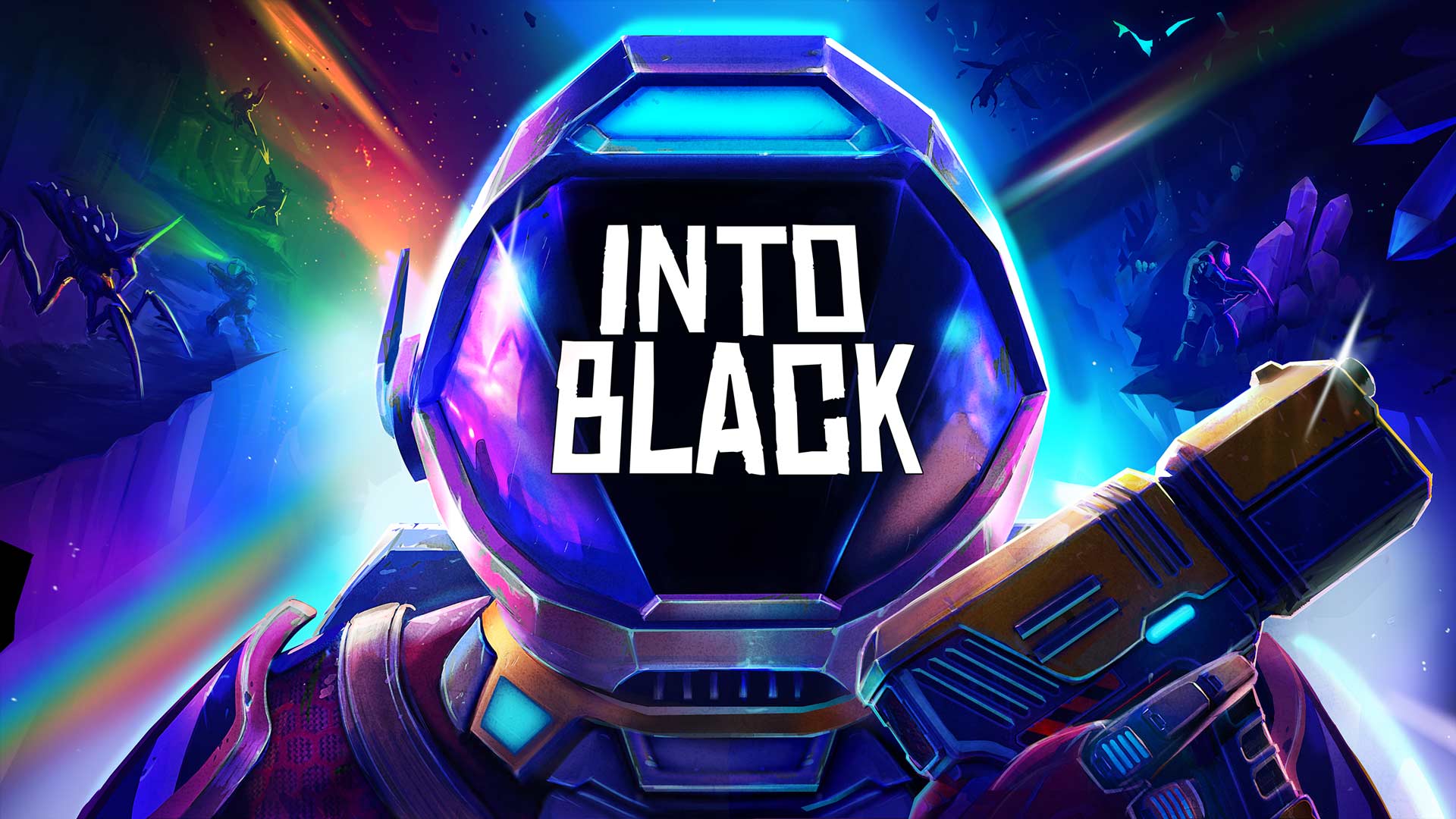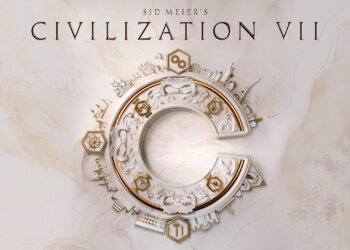Nintendo has always kept details about its hardware under wraps, and with the Nintendo Switch 2, it’s no different. On their specs page, they describe the CPU and GPU simply as a "Custom processor made by NVIDIA." But at a recent developer roundtable attended by some of the creators of the Switch 2, we managed to get a sneak peek into what this new hardware offers to game developers.
During this session, key figures like producer Kouichi Kawamoto, technical director Tetsuya Sasaki, and director Takuhiro Dohta addressed questions from the press with the help of interpreter Raymond Elliget. Though Nintendo remains tight-lipped about specific hardware specifications, the team shared insights that give us a sense of what the new console can deliver.
Let’s dig into some of the highlights and features that are expected to enhance the gaming experience with the Switch 2:
Confirmed Use of DLSS and Ray Tracing
Nintendo’s partnership with Nvidia means they’ve got access to some pretty impressive technology. Dohta confirmed that the Switch 2 will include Nvidia’s DLSS upscaling technology, giving developers more flexibility in how they choose to render games. Developers can decide whether to run games at a native 4K resolution or upscale from lower resolutions. Additionally, hardware ray tracing will be supported, providing more options for developers to enhance visual quality.
Battery and Processing Capabilities
As for battery life, Nintendo’s spec sheet gives a range of 2 to 6.5 hours, depending on usage. However, Sasaki clarified that these figures can vary widely based on the type of game and other usage factors. Dohta also mentioned that the new system introduces features like GameChat, which add complexity to system processing and can impact battery life, making it tricky to make direct comparisons to the original Switch.
Emulation for Backwards Compatibility
Backward compatibility is always a hot topic, and Nintendo is addressing it through emulation. Developers revealed that titles from the original Switch, as well as GameCube classics, will be emulated on the new system, similar to how Xbox handles backward compatibility.
Enhanced Bluetooth Connectivity
Concerns about Bluetooth connectivity issues in the original Switch have been addressed. The new Joy-Cons will use Bluetooth 3.0, and Sasaki mentioned improvements due to a larger system size, increased antennas, and numerous tweaks that enhance overall connections.
LCD vs. OLED Debate
A 7.9-inch LCD screen with HDR support will be featured in the Switch 2. Although some might see this as a downgrade from the OLED display used in a premium version of the original Switch, Sasaki insists that significant advancements in LCD technology have been made. Kawamoto added that the older OLED model didn’t support HDR, whereas this new LCD does, marking an upgrade in visual performance.
USB Type-C Ports Utilities
The Switch 2 includes two USB Type-C ports, with the bottom one supporting video out capabilities. Kawamoto noted this port works for external display purposes, unlike the top port, while the top port has been demonstrated with new peripherals like the Nintendo Switch 2 camera and can be used to charge the console in tabletop mode.
These insights into the Nintendo Switch 2’s features suggest a robust and versatile system aiming to enhance the gaming experience for both developers and players alike while keeping true to Nintendo’s unique brand of innovation and entertainment.































